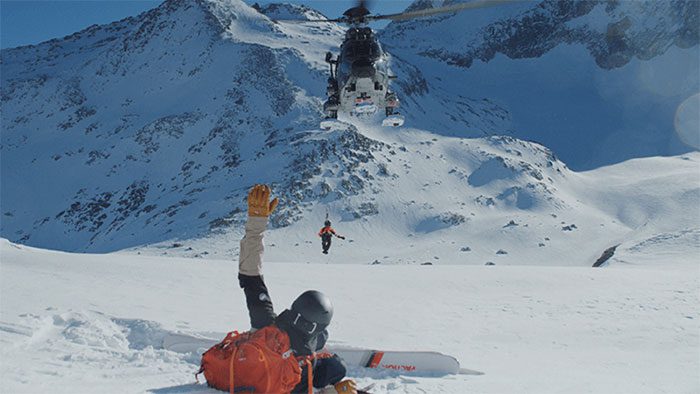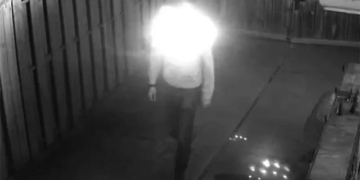The Lifeseeker device has a maximum range of 32 km and can locate a powered mobile phone within a radius of less than 5 km.
A new technology called Lifeseeker could assist search and rescue (SAR) teams in locating missing persons within minutes. Specifically designed for SAR helicopters, the device utilizes the mobile phones of victims to help save their lives. It acts as a mini mobile tower and can communicate with the missing individuals (as long as their phones are powered on). This technology can function even in areas with no cellular service or limited coverage, as reported by Interesting Engineering on May 28.

Lifeseeker flying above rugged terrain. (Photo: Centum RT).
Lifeseeker is a technology based on radio waves and requires an unobstructed terrain to receive mobile phone signals. Installing Lifeseeker inside a helicopter for SAR missions takes about 3 minutes. Developed by CENTUM Research & Technology in Spain, Lifeseeker can detect mobile phones within a range of 32 km and accurately locate them within a radius of less than 5 km. In tests conducted in La Plata Canyon, Colorado, Lifeseeker helped find two missing persons within just 2 minutes and 14 seconds of activation.
“When we detect a phone, it appears as a small dot on the map. As we fly around the area, the dot gradually shrinks until we know their exact location. The detection process, focusing on a specific spot, takes about a minute,” explained Dr. Tim Durkin, program coordinator for rescue operations at Colorado Highland Helicopters. Durkin shared that depending on the situation, the SAR team can send ground personnel to the location of the victims or land the helicopter if there is a clear area nearby with safe landing conditions.
La Plata Canyon is surrounded by peaks reaching heights of 3,658 m and 3,962 m on both sides, covered in dense forest. This remote mountain area has been the site of many rescue missions for missing climbers and runners. In the past, some missions have lasted weeks without finding the missing individuals, ultimately having to suspend search efforts. For this reason, it was the perfect location to test Lifeseeker. “Even if two adults are standing under the tree canopy and we look through the screen on the helicopter from a distance of 30 m, we cannot see them due to the dense foliage. Searching for someone under such conditions without assistive technology is extremely difficult, nearly impossible,” Durkin said.


















































